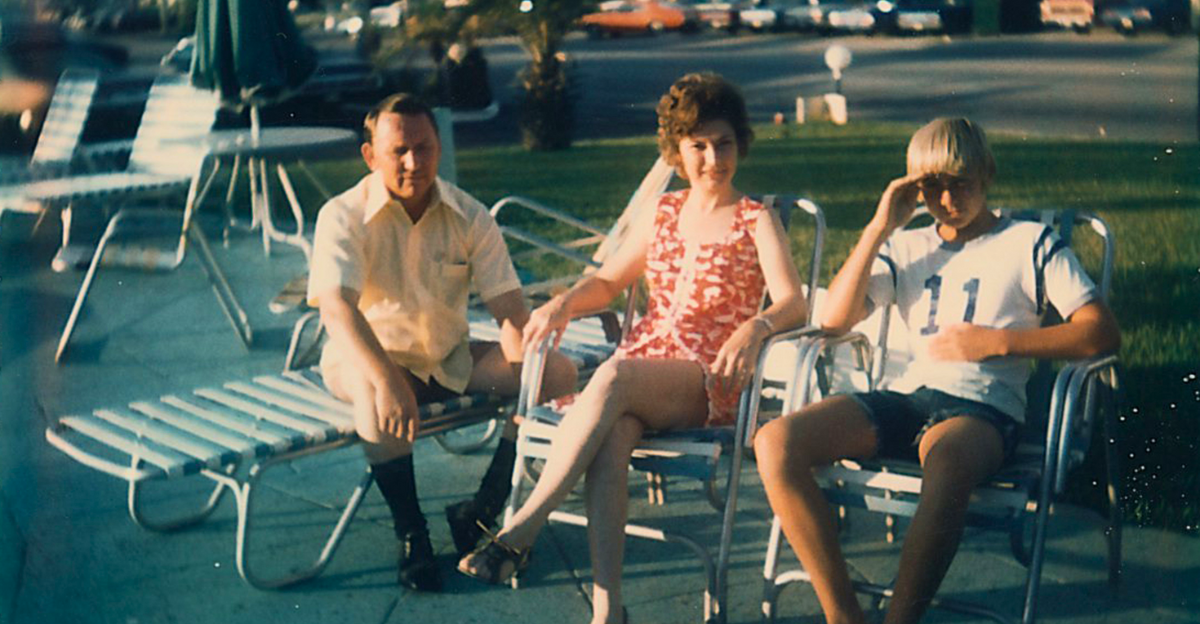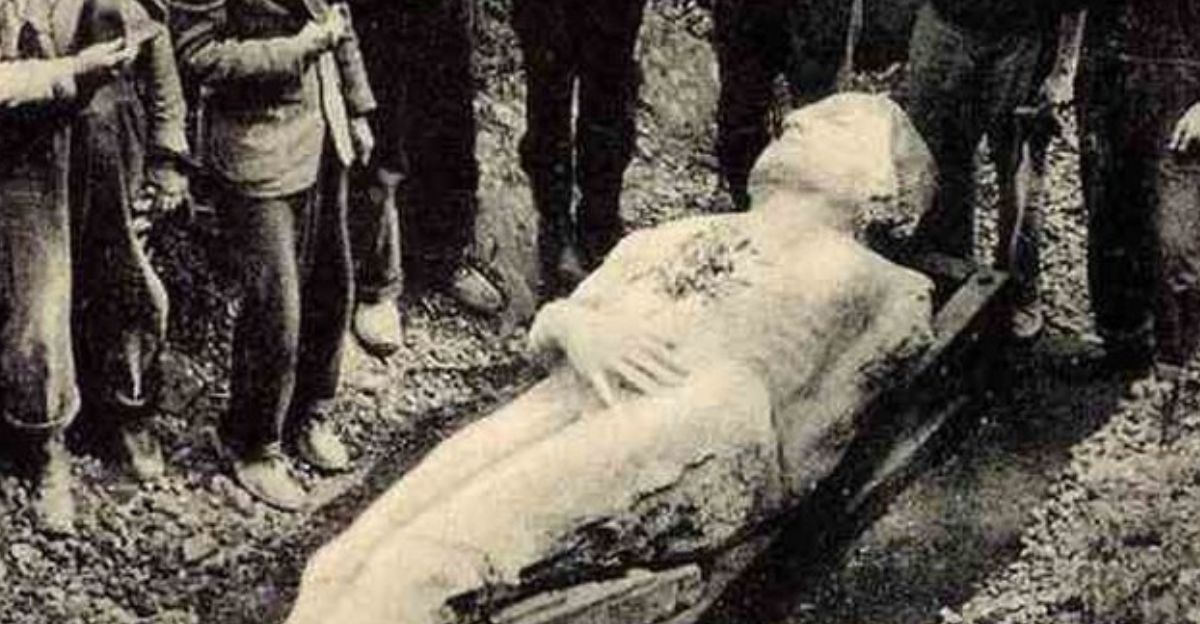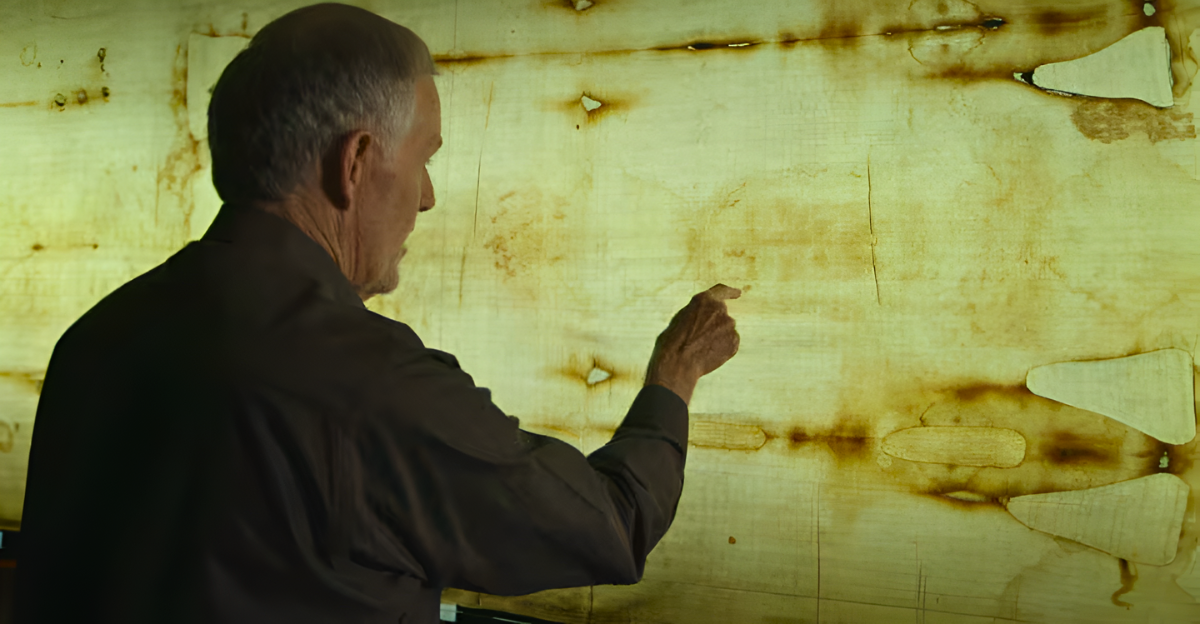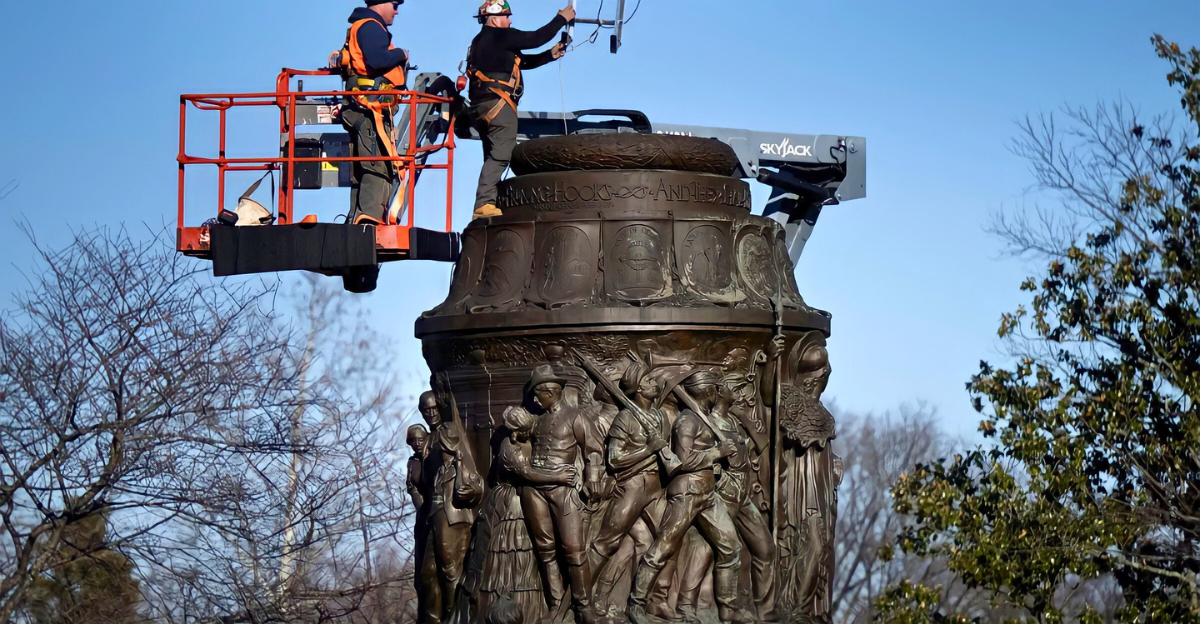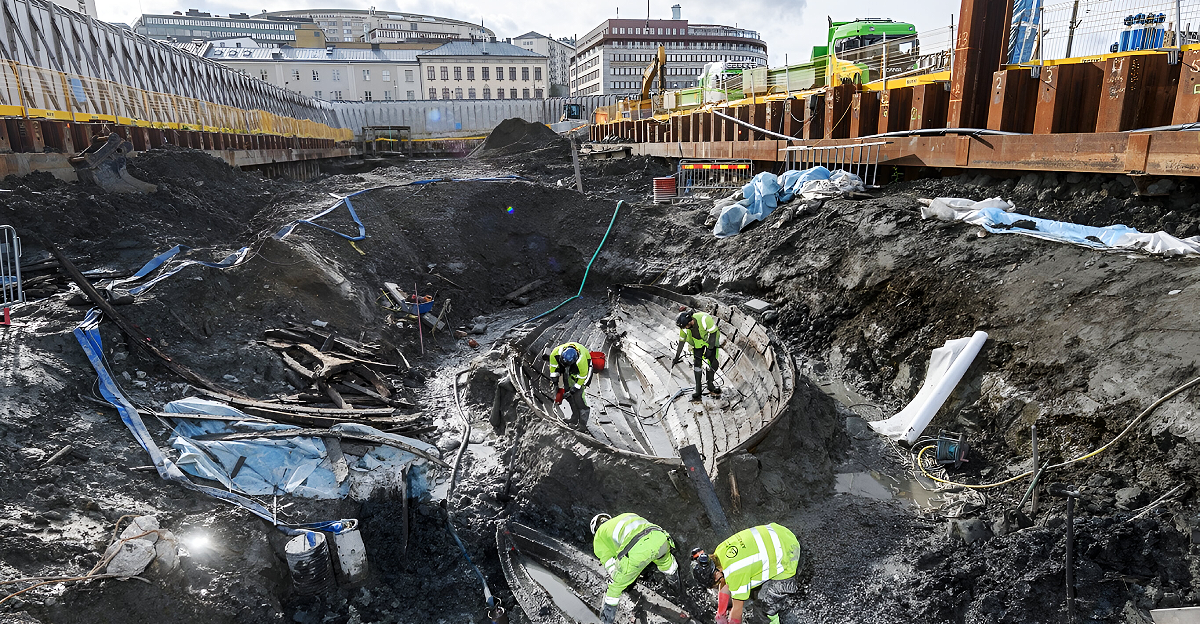
During construction of the Varberg Tunnel in Sweden, workers found something no one expected: six ancient shipwrecks buried beneath the city. These ships date back hundreds of years and were found near the old harbor. According to Popular Mechanics, this stunning discovery shows that cities may be hiding centuries of forgotten history right beneath our feet. And what archaeologists uncovered next only deepened the mystery.
A Tunnel Project Turns into a Time Capsule

The railway upgrade along Sweden’s West Coast Line began with a budget of SEK 3.99 billion (about $375 million) but has since ballooned to SEK 8.9 billion (around $835 million), based on 2021 prices. As part of routine heritage assessments, archaeological teams started surveying the area in 2019.
According to Heritage Daily, the ships were found near Varberg’s original shoreline and medieval harbor defenses. Backed by Trafikverket, several expert teams came together to document the unexpected discoveries.
Ships Spanning 600 Years Tell a Bigger Story
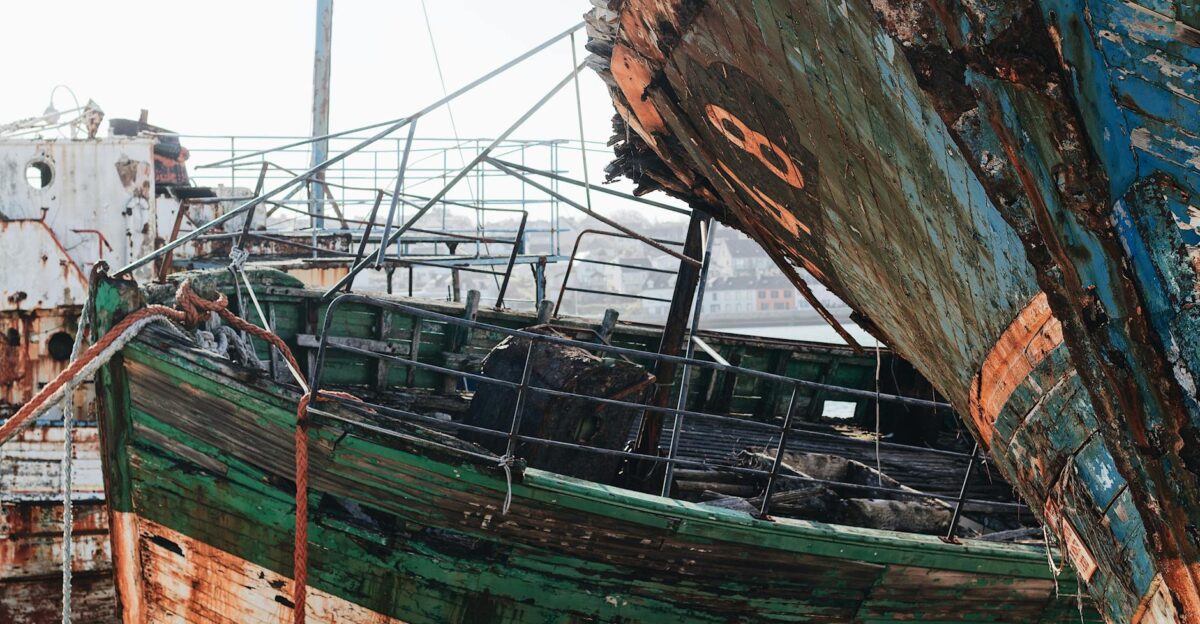
The six shipwrecks stretch across nearly 600 years of Baltic maritime history. According to Arkeologerna, four date back to the Middle Ages, one to the 1600s, and one couldn’t be dated due to limited wood samples. Each ship reflects a different period in shipbuilding and trade. Together, they offer a rare glimpse into how seafaring evolved over the centuries in this region.
Why Varberg Was the Ideal Spot for a Find Like This
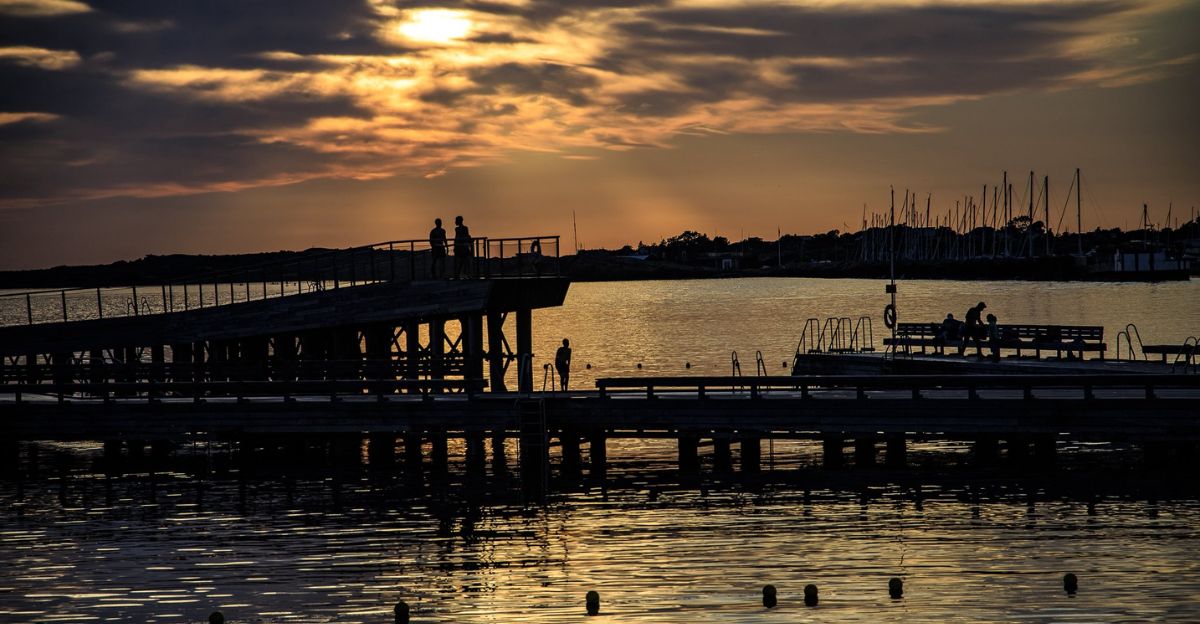
Varberg was once a thriving seaport where ships from across Europe came to trade. According to Popular Mechanics, the wrecks were discovered in what’s now the city center, once the original shoreline and harbor defenses. Urban development gradually covered the site. These discoveries remind us that even modern cities sit on top of deep, often hidden, layers of history.
Three Wrecks That Offered the Biggest Clues
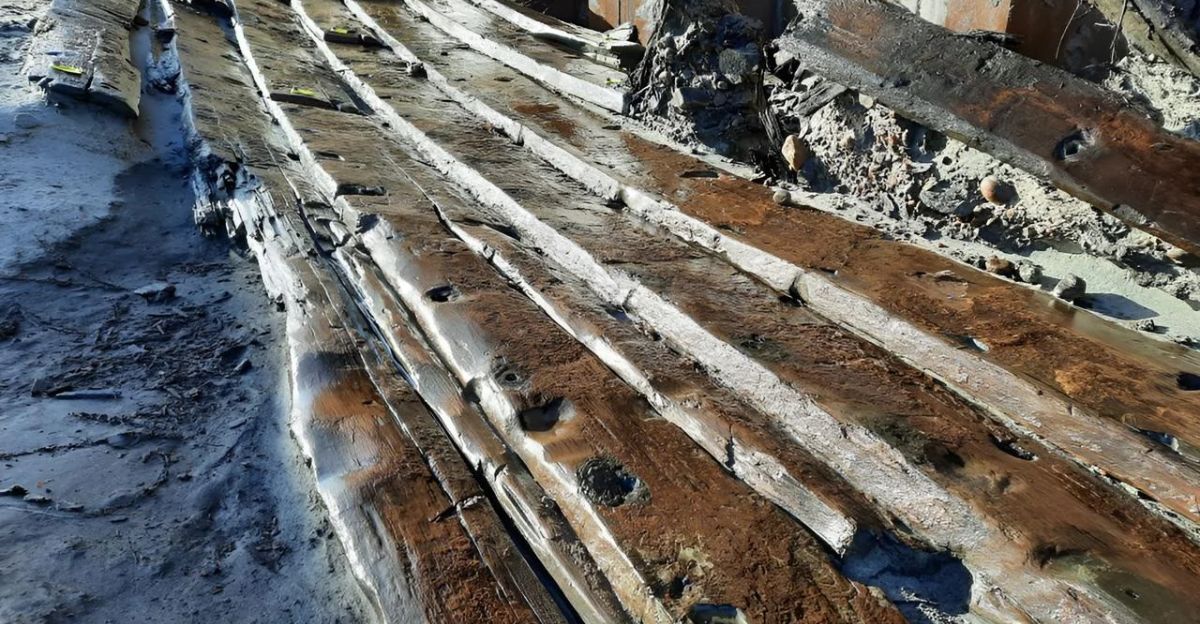
Out of the six shipwrecks, three stood out. Project manager Elisabet Schager from Arkeologerna said Wrecks 2, 5, and 6 were especially significant. Wreck 2 was the most complete and best preserved. Wrecks 5 and 6 had to be quickly removed because of construction deadlines, possibly leaving more pieces buried. It highlights the tension between preserving the past and pushing forward with progress.
Wreck 2: A 1530s Ship That Still Holds Its Shape
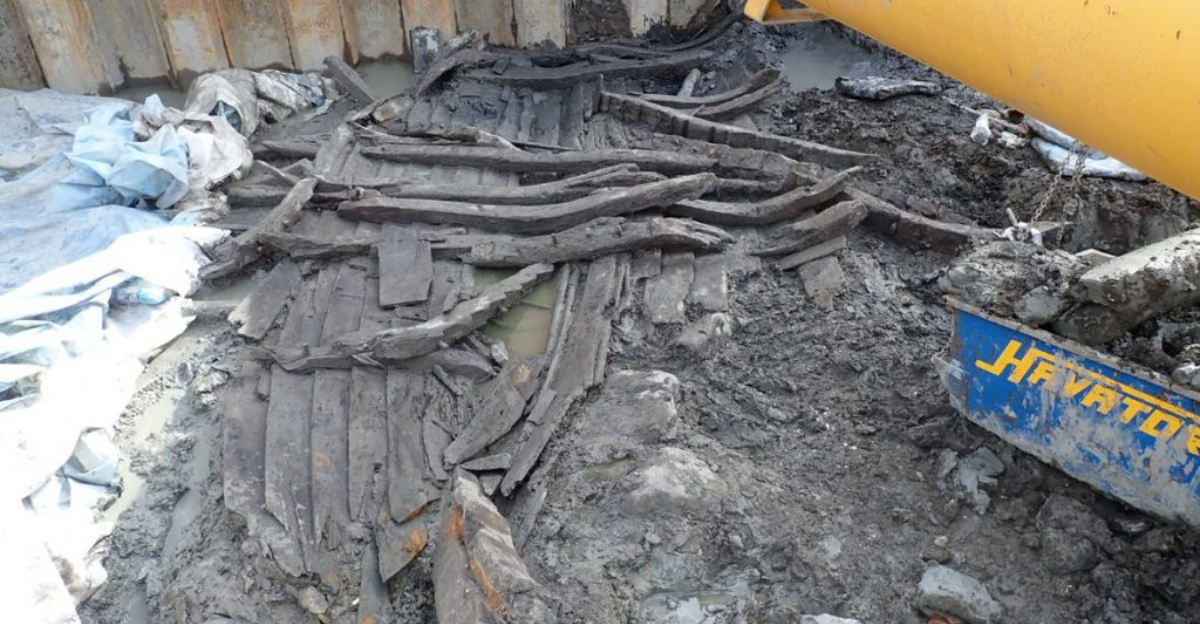
Wreck 2 dates back to the 1530s and was built with oak timber, likely from western Sweden. Constructed in the clinker style, where planks overlap to strengthen the hull, it remains remarkably intact. According to archaeologists, two starboard hull sections and the “berghult,” a docking protection strip, were uncovered. The ship was at least partially decked, showcasing the craftsmanship of 16th-century Scandinavian shipbuilders.
A Mysterious Fire Leaves Clues Behind
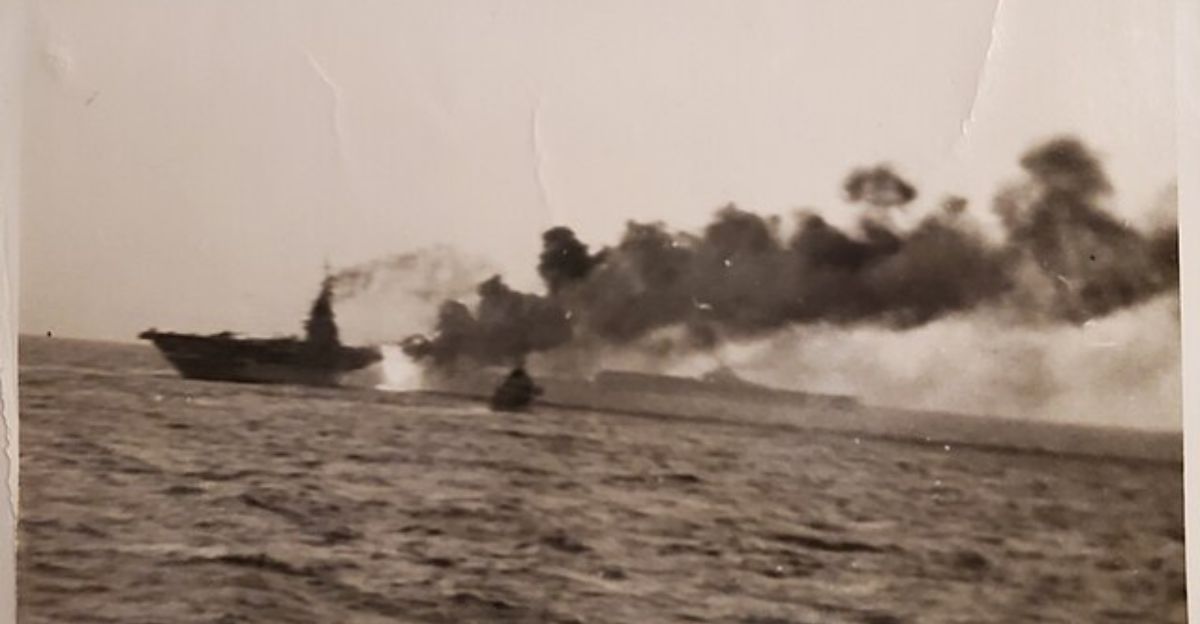
What sets Wreck 2 apart is the fire damage found on the berghult. According to archaeologists, this scorching suggests the vessel may have been burned, possibly accidentally or even deliberately, before it sank. The exact cause is still under investigation. This unexpected layer of damage hints at a more complex and potentially dramatic ending to the ship’s story.
Wreck 5: A 1600s Vessel with Familiar Roots
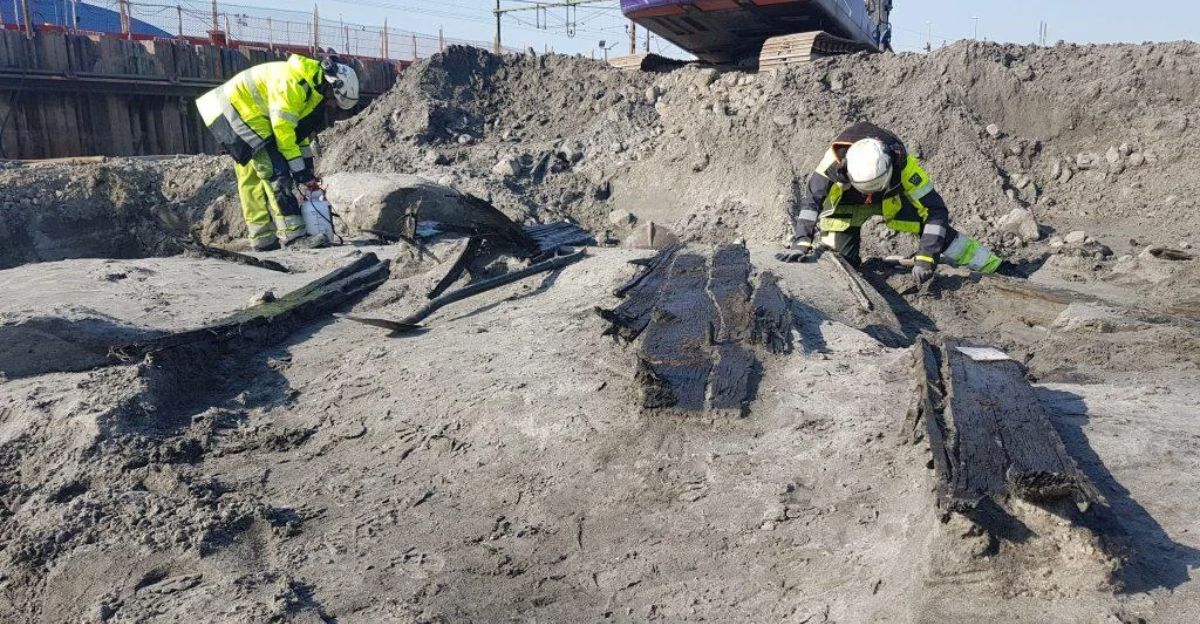
Built in the 17th century, Wreck 5 shares striking similarities with Wreck 2, from its use of local oak to its clinker-style construction. Experts believe it likely sailed between Varberg and the now-abandoned town of Ny Varberg. According to Arkeologerna, Wreck 5 signals the tail end of a traditional shipbuilding era in Sweden before newer methods began taking over.
Wreck 6: A New Era in Ship Design
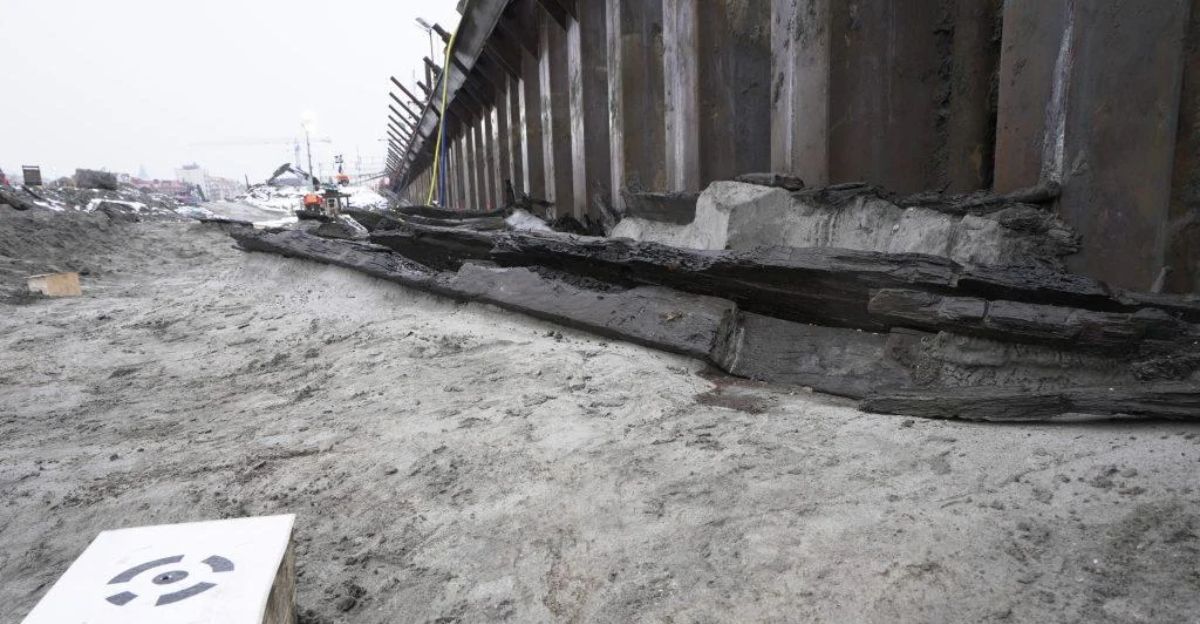
Wreck 6 is the only carvel-built vessel in the group, constructed with edge-joined planks for a smoother hull. This method, which came from southern Europe, had major influence on northern shipbuilding. The ship’s rabbeted keel points to Dutch craftsmanship. Though its exact date and timber origin remain unknown, the structure suggests broader European connections during its time.
Medieval Cogs: Europe’s Cargo Workhorses
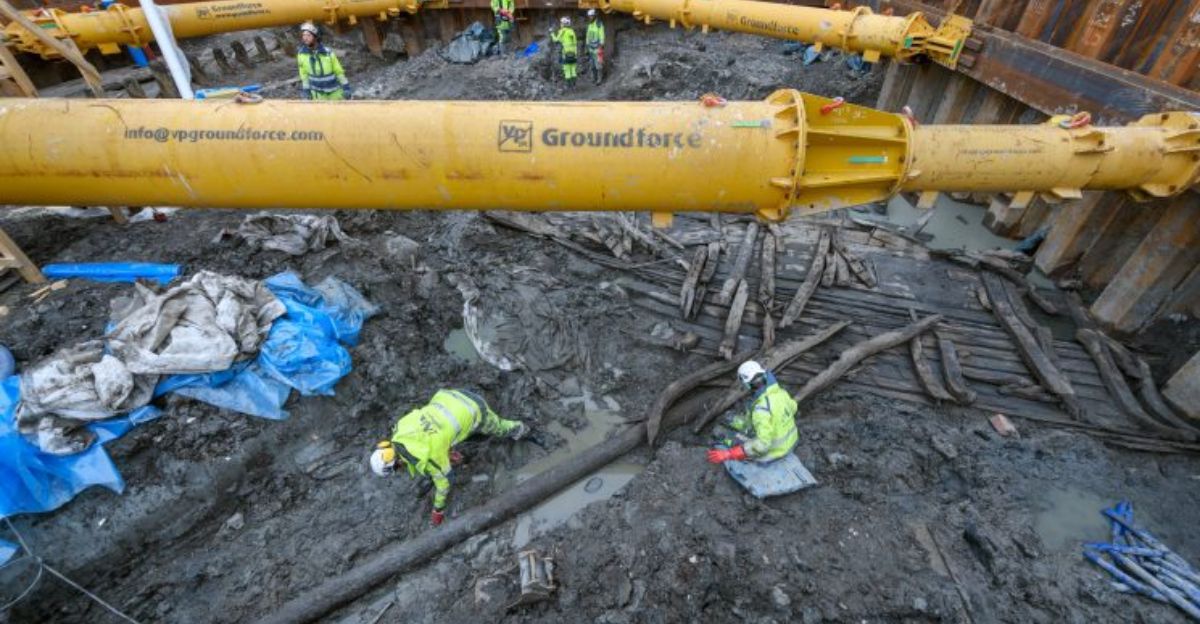
The remaining two shipwrecks are medieval cogs, essential cargo carriers used by the Hanseatic League from the 1300s. These flat-bottomed ships, with wide hulls and single masts, could haul up to 200 tons of goods like salt and furs across the Baltic. While slow, cogs were sturdy and versatile. Archaeologists believe further study of these wrecks could reveal much about daily trade in the Middle Ages.
Old Shoes, Spoons, and Clues About Sailors’ Lives
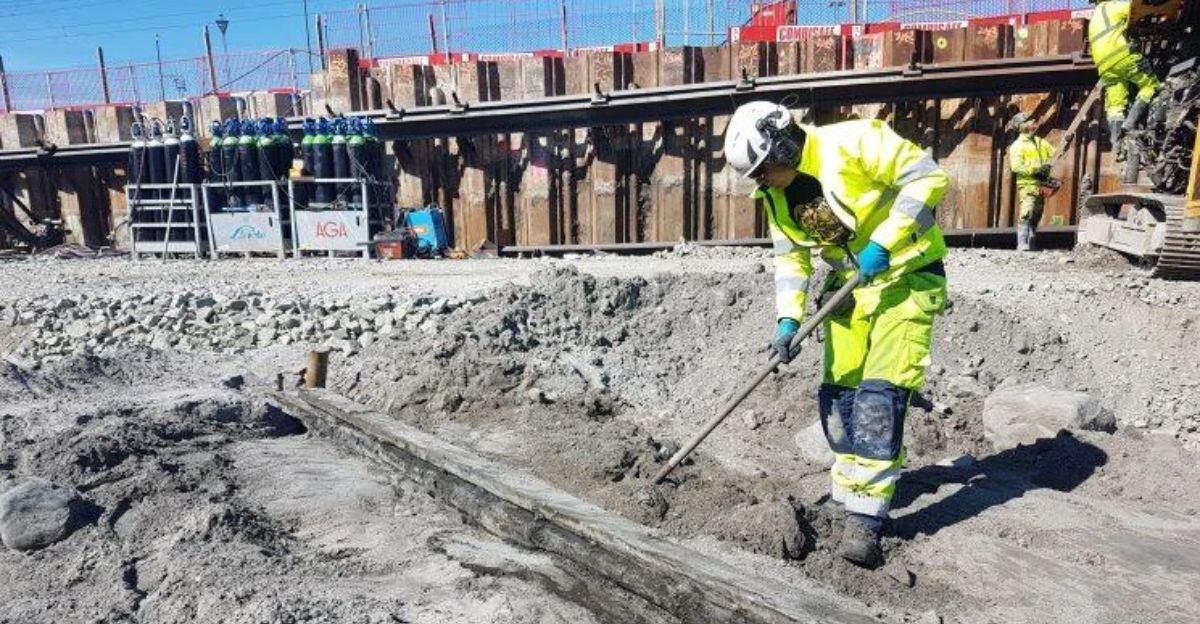
Inside the Varberg cogs, archaeologists found worn leather shoes, wooden spoons, ceramic pots, and ballast stones, items that once served everyday needs aboard ship. “We have a lovely assortment of personal items… like wooden bowls and spoons,” said archaeologist Elisabet Schager. These discoveries offer a human lens on medieval seafaring, revealing how sailors ate, worked, and lived during long journeys across the Baltic.
The Timber Tells a Global Story
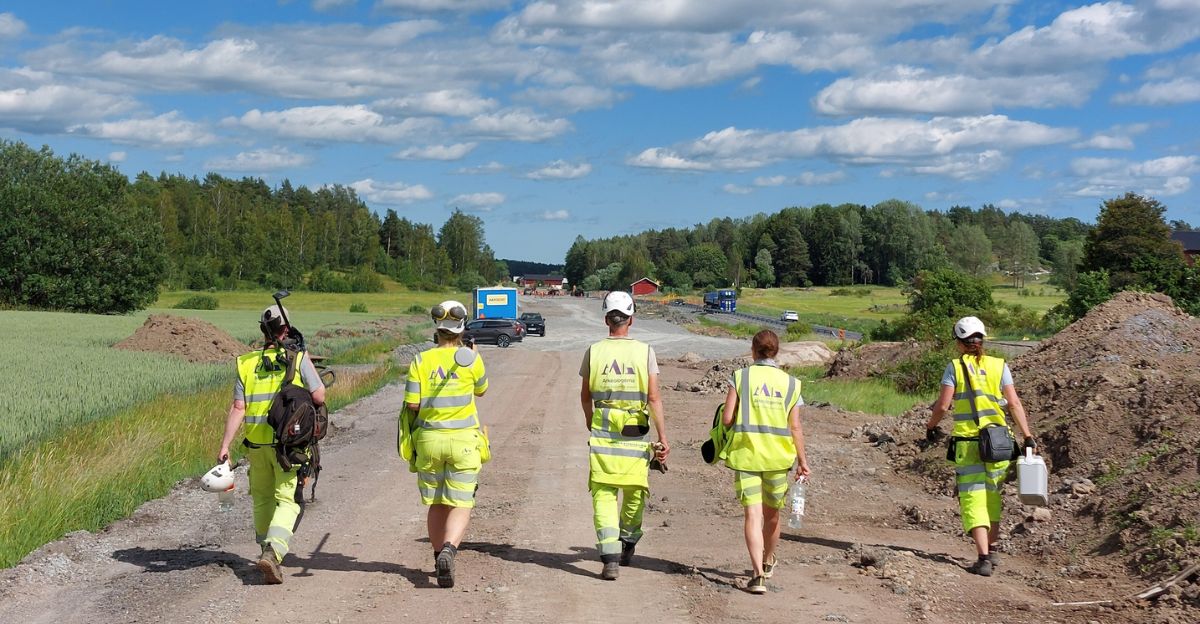
Dendrochronological testing traced the cogs’ oak timbers to regions now known as the Netherlands, Belgium, northeastern France, and northern Poland. According to Arkeologerna, these weren’t locally built ships, their components traveled across borders before ever hitting Swedish waters. The findings point to a far-reaching timber trade and reflect the interconnected nature of Europe’s medieval maritime economy.
Cities Keep Building Over Hidden History
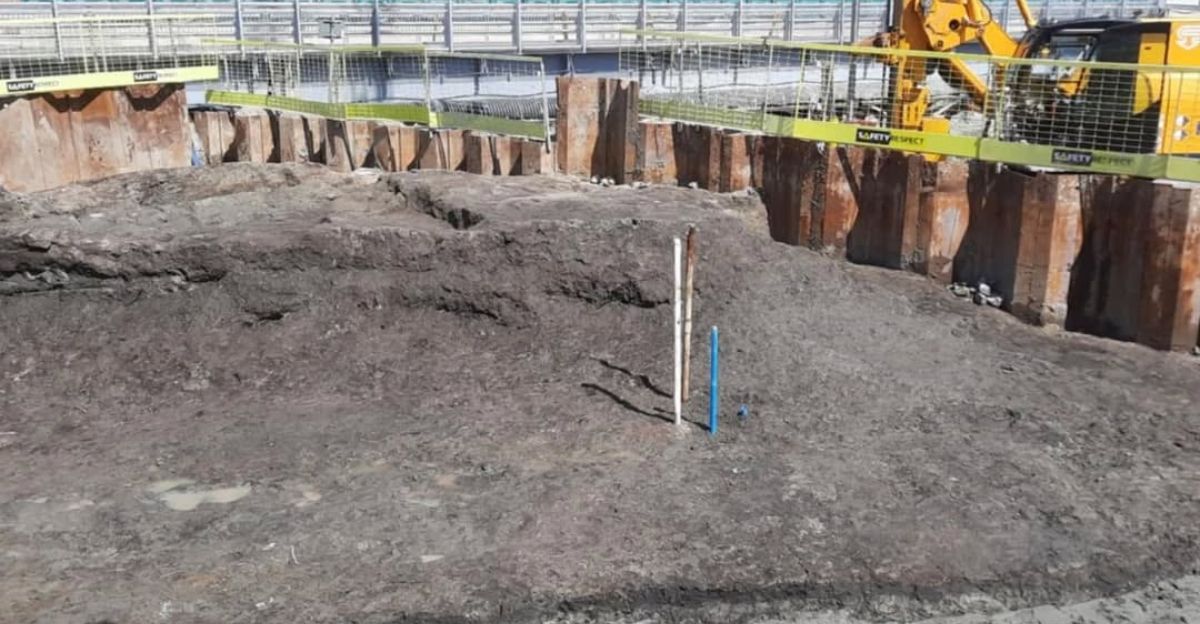
Varberg isn’t the first one. As cities expand, construction projects often uncover traces of forgotten eras. In Boston, Big Dig excavations revealed a 19th-century schooner beneath downtown streets. London has exposed Roman ruins below new high-rises. Even Rome’s subway work frequently turns up ancient buildings and artifacts, though not shipwrecks. These cases highlight how modern infrastructure often intersects with buried pieces of history.
A Team Effort That Preserved the Past
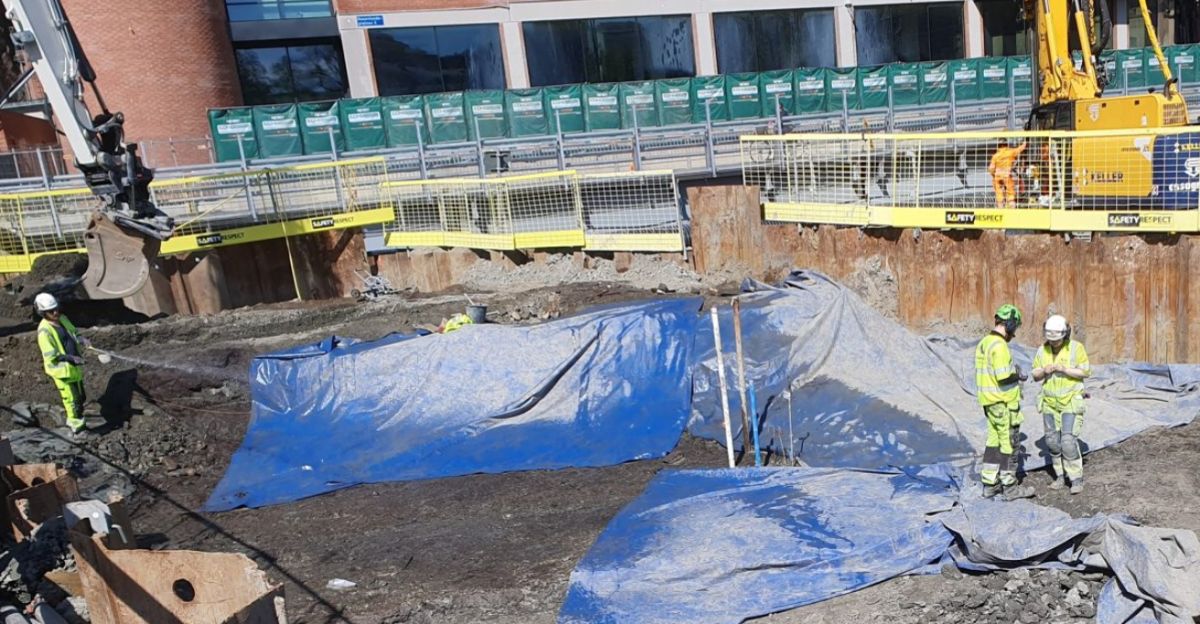
The Varberg excavation was led by Arkeologerna, Bohuslän Museum, Visual Archaeology, and Cultural Environment Halland. Trafikverket, Sweden’s national transport agency, funded the work through its $835 million railway upgrade. This collaboration ensured that cultural heritage was protected even amid major infrastructure development. The project became a model for balancing progress with preservation.
A Deep Look Into the Baltic’s Maritime Past
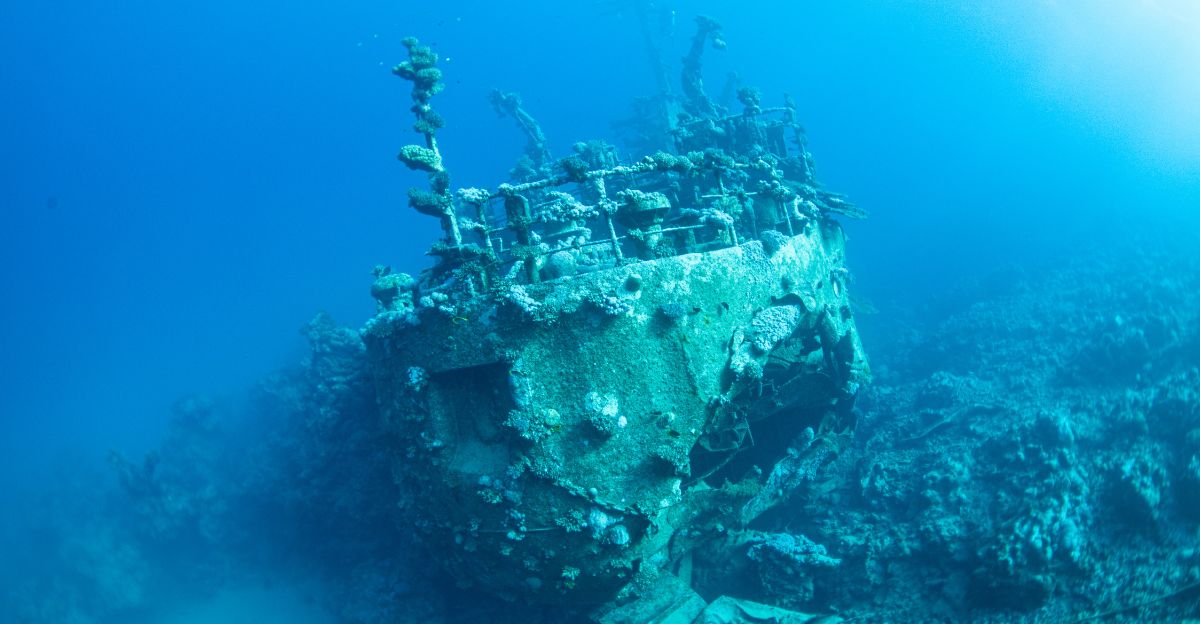
Each shipwreck found at Varberg deepens our understanding of seafaring in northern Europe. The cogs once powered Hanseatic trade across the Baltic. Wreck 2, a finely crafted 1530s oak ship, showed remarkable hull preservation. Wreck 6 bore hallmarks of Dutch shipbuilding. Together, they offer a rare look into 300 years of naval innovation, trade, and cultural exchange, history now brought to the surface after centuries below.


